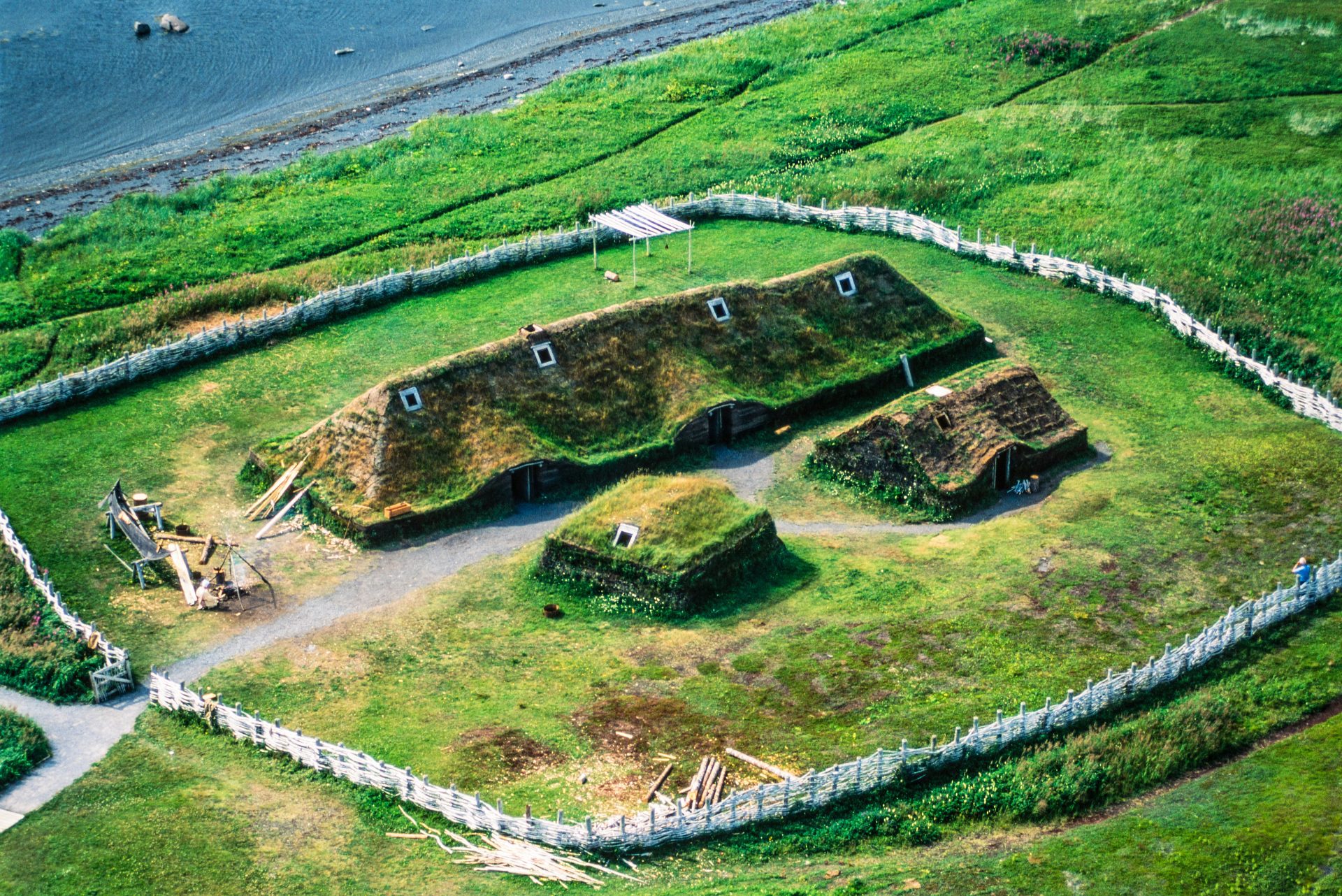An international team of researchers has revealed that Norse settlers were active in the Americas as early as AD 1021.
Norse people sailed vast distances in search of new lands to settle and farm, or to raid as Vikings for fame and wealth. To the East they reached the gates of Constantinople, but to the west they established settlements in Iceland, Greenland, and Canada.
The study published in the journal Nature, focused on the Norse site of L’Anse aux Meadows in the Canadian province of Newfoundland and Labrador, which served as an exploratory base and winter camp.
Archaeologists theorise that the settlement supported between 30 to 160 inhabitants, but the lack of burials and agriculture suggests that the site was only a temporary settlement before being abandoned.

The researchers studied pieces of wood from contexts archaeologically attributable to the settlers, which display clear evidence of cutting and slicing by blades made of metal (a material not produced by the indigenous population).
The exact year of AD 1021 was determinable because a massive solar storm occurred in AD 992 that produced a distinct radiocarbon signal in tree rings from the following year.
Associate Professor Michael Dee from the University of Groningen said: “The distinct uplift in radiocarbon production that occurred between AD 992 and 993 has been detected in tree-ring archives from all over the world. Each of the wooden objects exhibited this signal og29 growth rings (years) before the bark edge.”
“Finding the signal from the solar storm 29 growth rings in the bark allowed us to conclude that the cutting activity took place in the year AD 1021 AD” says Dr Margot Kuitems from the University of Groningen.
Header Image : L’Anse aux Meadows – Image Credit : Russ Heinl – Shutterstock





